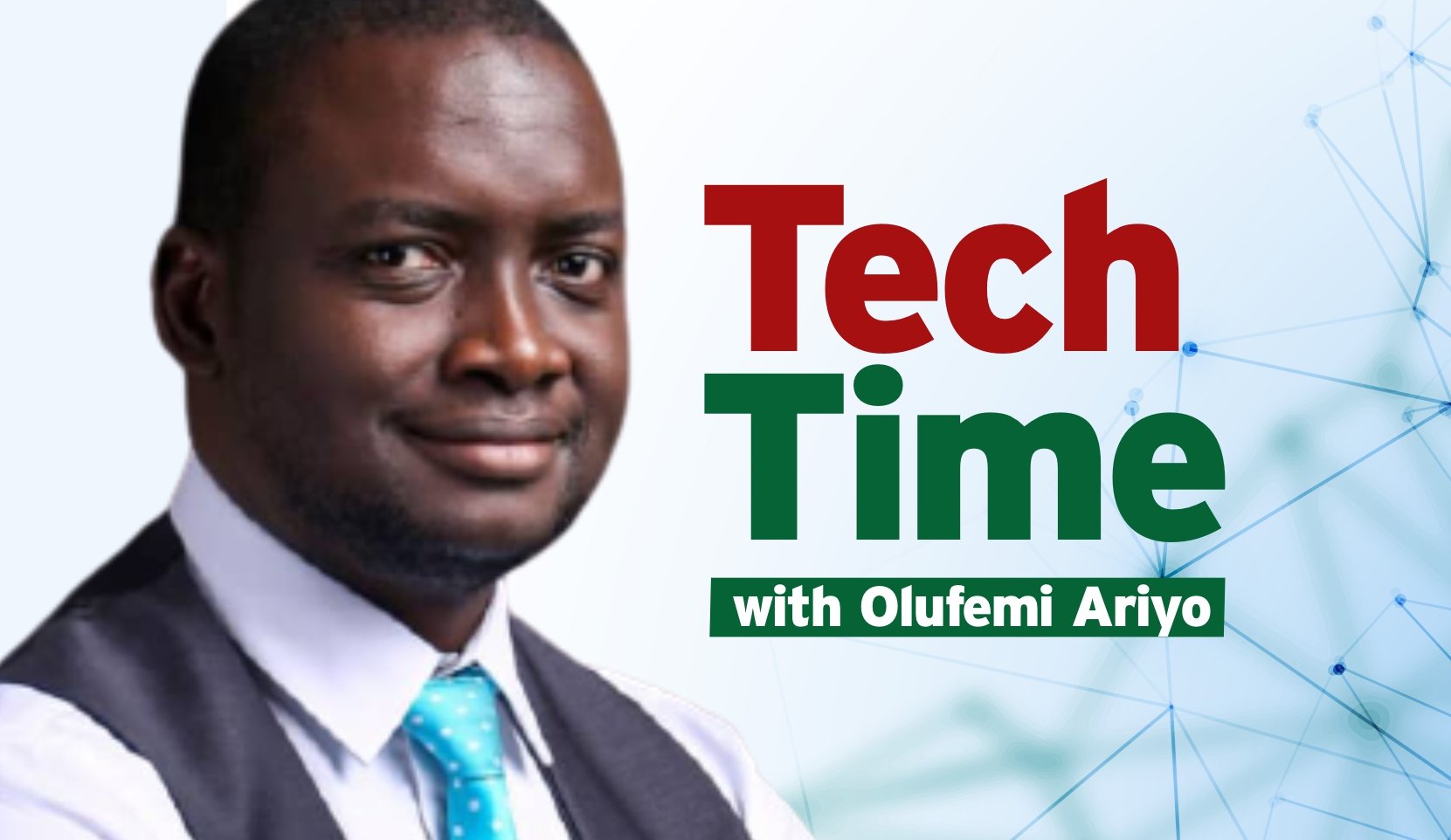The convergence of technology and humanity is set to be a transformative force, preceding an era of unprecedented innovation, opportunity, and social advancement especially in the domain of burgeoning economies. This intercourse holds the promise of addressing longstanding hurdles while propelling these economies toward sustainable growth and prosperity. This paper will unravel the many-sided possibilities that become apparent when thinking-technology locks in with the timeless human spirit in developing nations.
Education towers high as the linchpin of societal advancement, yet in several developing economies, it remains a disdained and scarce commodity, hampered by inadequate infrastructure, limited resources (within each human mind), and geographical barriers (that could completely disappear). Albeit, the blend of technology with humanity offers a one-of-a-kind opportunity to sync this gap, unlocking the newness potential of education for all.
In recent years, the penetration of online learning platforms and digital libraries has come atop the discussions on education, specifically in climes where traditional educational infrastructure is absent. Platforms such as uLesson, SabiTeach, and Coursera offer a wealth of learning opportunities spanning myriads of subjects, from mathematics and science to humanities and business studies. These centers democratize access to quality improvable educational content, offering learners the borderless flexibility to pursue their interests and aspirations at a self-paced, despite their geographical location or socioeconomic status. Additionally, digital libraries have surfaced as invaluable repositories of knowledge, bringing on a vast array of academic journals (primary sources of thought), textbooks (secondary), and research materials. Initiatives like the Digital Public Library of America (DPLA) and the Internet Archive stride to digitize and preserve cultural heritage and scholarly works (wisdom collection) for unfettered access to future generations.
An exciting prospect of technology in education rests in its ability to offer personalized learning experiences, catering to the various needs and learning styles of individual students. Artificial intelligence (AI) and machine learning algorithms analyze large amounts of data to pick patterns and insights about each learner’s strengths, weaknesses, and preferences. Armed with this information, learning platforms can tailor content and instruction to optimize learning outcomes, encouraging engagement and mastery. For example, adaptive learning systems adjust the difficulty and pace of content based on a student’s proficiency level, ensuring that they are neither overwhelmed by material beyond their assimilation nor bored by material they have already mastered. Similarly, intelligent tutoring systems offer real-time feedback and support, guiding students through challenging concepts and delivering personalized recommendations for further study.
Advertisement
Furthermore, technology allows individuals to embark on a journey of continuous growth and self-improvement, equipping them with the knowledge and skills needed to thrive in a dynamic and competitive landscape. Online courses, webinars, and virtual workshops provide opportunities for everyone (professionals inclusive) to upskill or reskill in response to changing market demands. An example, coding bootcamps empower individuals with the technical expertise required for careers in software development, data science, and cybersecurity. Also, platforms like LinkedIn Learning and Udemy offer a plethora of courses on topics ranging from project management and digital marketing to leadership and communication skills.
While technology shares immense promise for expanding educational access, it is necessary to recognize and address the barriers that may stall its equitable distribution and impact. The digital divide, encompassing disparities in access to hardware, internet connectivity, and digital literacy skills, remains a formidable obstacle for many individuals, especially those in underserved communities. Efforts to bridge the digital divide must be multifaceted, encompassing initiatives like infrastructure development, community-based digital literacy programs, and shared affordable access to devices and internet services. Yes, content creators and educational institutions must prioritize accessibility and inclusivity, ensuring that digital learning materials are designed with several learners in mind and stick to universal design principles.
Beyond education, healthcare glides as a fundamental pillar, yet in many developing nations, it is treated as an elusive dream for millions, suffocated by a myriad of hurdles ranging from inadequate infrastructure to a shortage of skilled medical professionals. Albeit, amidst these daunting obstacles, the blend of technology with humanity emerges as a beacon of hope, voicing a new era of access, innovation, and care in healthcare delivery. At the heart of healthcare reform lies telemedicine, a veritable concept that transcends geographical boundaries and connects patients with healthcare providers through digital channels. In rural or underserved areas where access to medical facilities is limited, telemedicine platforms provide a lifeline, enabling patients to consult with doctors remotely via video conferencing, chat, or phone calls. At its extreme lies a docbot (robot doctor) that can perform brain surgery guided by a professional user with superior accuracy. Telemedicine allows individuals access to timely medical advice, diagnosis, and treatment without the need for costly and time-consuming travel. Additionally, telemedicine encourages continuity of care, specifically for patients with chronic conditions that require regular monitoring and follow-up. By leveraging technology to bridge the gap between patients and providers, telemedicine democratizes access to quality healthcare and improves health outcomes for millions.
Advertisement
Besides, for preventive care and wellness, wearable devices and mobile health applications have surfaced as second-nature tools for helping individuals take control of their health and well-being. From fitness trackers that monitor physical activity and sleep patterns to blood glucose monitors that track glucose levels in real-time, these devices offer valuable insights into one’s health status and lifestyle habits. Also, mobile health applications provide a wealth of resources, from symptom checkers and medication reminders to virtual coaching and mental health support. By putting health information and resources at users’ fingertips, these applications encourage proactive health management and early intervention, which reduces the burden on healthcare systems and improves overall population health.
At the forefront of healthcare innovation rests biotechnology, unlocking the potential for personalized medicine tailored to individual genetic makeup and lifestyle factors. Through advancements in genomics, proteomics, and bioinformatics, researchers can unearth the intricate interplay between genetics, environment, and disease, opening the door for targeted therapies and precision diagnostics. For example, genetic testing allows clinicians to identify individuals at heightened risk for hereditary conditions such as cancer, cardiovascular disease, and rare genetic disorders, allowing for proactive screening and preventive measures. Likewise, pharmacogenomics seeks to optimize medication efficacy and minimize adverse drug reactions by tailoring treatment regimens to patients’ genetic profiles.
While technology plus humanity promises a lot, it also poses difficulties that must be addressed to realize its full potential. Concerns like data privacy and security, regulatory frameworks, and equitable access to technology must be carefully navigated to ensure that the advantages of technology are equitably distributed and that patient safety and confidentiality are upheld. Also, the digital divide is a formidable obstacle, especially in rural and remote areas where access to reliable internet connectivity and digital literacy skills may be limited. Efforts to bridge this divide must be comprehensive, encompassing initiatives like infrastructure development, community-based training programs, and public-private partnerships.
Aside from education and health, inclusive economic growth is a cornerstone, driving prosperity and opportunity for all. Developing economies need to fuse technology and entrepreneurship to catalyze the unlocking of the latent potential of individuals and communities. Through a multi-pronged approach that leverages technology, innovation, and collaboration, developing nations can harness the power of entrepreneurship to create a more equitable and resilient economy for the future. Technology-driven entrepreneurship harnesses the power of innovation to create jobs, drive productivity, and unlock new market opportunities. In developing economies, where access to traditional employment may be scarce, technology enables individuals to harness their creativity and entrepreneurial spirit to forge their path to success.
Advertisement
In addition, e-commerce platforms serve as digital marketplaces, connecting artisans, craftsmen, and small businesses with customers globally. From handmade crafts to unique cultural products, these platforms empower entrepreneurs to showcase their talents and access global markets, while expanding their customer base and generating sustainable livelihoods. Similarly, fintech solutions are pivotal in promoting financial inclusion and empowering underserved communities to access essential financial services. Mobile banking, digital payments, and microfinance platforms allow individuals, particularly those in rural or remote areas, to save, borrow, and invest in their futures, fostering economic resilience and upward mobility.
Today, collaboration and knowledge sharing are important ingredients for promoting innovation and entrepreneurship. Initiatives like open-source software and collaborative innovation hubs offer fertile ground for aspiring entrepreneurs to exchange ideas, learn new skills, and access mentorship and support networks. This democratization of technology solutions empowers entrepreneurs to leverage cutting-edge tools and technologies without the prohibitive costs associated with proprietary software, thereby leveling the playing field and driving a culture of innovation and entrepreneurship. Likewise, collaborative innovation hubs are vibrant ecosystems where entrepreneurs, technologists, and creatives come together to co-create solutions to pressing societal challenges. These hubs offer access to workspace, mentorship, funding, and networking opportunities, thereby nurturing a pipeline of innovative startups and powering economic growth and social impact.
While technology-driven entrepreneurship is laudable, it also faces formidable barriers that must be addressed to realize its full potential. Bottlenecks like limited access to capital, inadequate infrastructure, and regulatory hurdles may stall the growth and scalability of startups, specifically in nascent industries and emerging markets. Efforts to overcome these barriers must be multifaceted, encompassing strides like investment in digital infrastructure, reforms to promote ease of doing business, and capacity-building programs to equip entrepreneurs with the skills and resources they need to succeed. Also, governments, civil society organizations, and the private sector must work closely to create an enabling environment for entrepreneurship, one that encourages innovation, rewards risk-taking, and leads inclusive economic growth for all.
As we stand at the precipice of technological advancement, the blend of technology and humanity reshapes the fabric of society, providing opportunities for progress and innovation. Yet, amidst the promise lies a complex tapestry of ethical and societal considerations that demand our attention and collective action. From digital divides to data privacy, and algorithmic bias to existential questions about autonomy and identity, the ethical and societal implications of technology integration must be carefully navigated to ensure that the benefits of technological progress are equitably distributed and that human dignity and rights are upheld.
Advertisement
One pressing ethical concern surrounding technology integration is the digital divide—the gap between those who have access to technology and those who do not. To bridge this, concerted efforts are needed to expand access to technology infrastructure, particularly in underserved and marginalized communities. This includes investments in broadband infrastructure, community technology centers, and digital literacy programs geared towards empowering individuals with the skills and resources required to participate fully in the digital economy. Also, safeguarding data privacy and security is important to ensuring trust and confidence in technological systems. Yet, the proliferation of digital technologies, coupled with lax regulatory frameworks and opaque data practices, has raised concerns about the misuse and exploitation of personal data for commercial gain or surveillance purposes. To address these concerns, robust data protection laws and regulations are required to safeguard individuals’ rights to privacy and control over their personal information. This includes measures like data encryption, anonymization techniques, and transparency requirements to ensure that individuals are informed about how their data is collected, used, and shared.
Yes, efforts to promote data sovereignty and empower individuals with greater control over their data, like data portability and consent management tools, can empower individuals to make informed choices about their digital footprint and protect their privacy rights in an increasingly data-driven world. Additionally, as algorithms and AI systems play an increasingly prominent role in decision-making processes across various domains, from hiring and lending to criminal justice and healthcare, concerns about algorithmic bias and discrimination have come to the forefront of ethical discourse. Algorithmic bias refers to the phenomenon whereby algorithms perpetuate or exacerbate existing inequalities and biases in the data used to train them, leading to discriminatory outcomes that disproportionately impact marginalized communities. To mitigate this bias, efforts are needed to ensure that algorithms are developed and deployed in a manner that is transparent, accountable, and fair. This includes practices such as algorithmic auditing, bias testing, and diverse representation in the design and development of AI systems to reduce the risk of unintended consequences and ensure that technology serves the public good.
Advertisement
To navigate the ethical and societal implications of technology integration, inclusive governance, and regulation shape the trajectory of technological development and ensure that it aligns with societal values and priorities. This includes engaging a diverse range of stakeholders, including government, industry, civil society organizations, academia, and affected communities, in developing policies and regulations that govern the ethical use of technology. Moreover, regulatory frameworks must be agile and adaptive to keep pace with rapid technological change, balancing the need for innovation and economic growth with concerns about social equity, human rights, and environmental sustainability.
In conclusion, the fusion of technology and humanity will influence various aspects of society, particularly in developing nations where the potential to address longstanding challenges and propel progress is huge. Through initiatives in education, healthcare, and inclusive economic growth, technology offers options to democratize access, foster innovation, and drive social advancement. However, this exciting journey is not without its hurdles, as ethical and societal considerations loom large, demanding concerted efforts to bridge the digital divide, safeguard data privacy, mitigate algorithmic bias, and ensure inclusive governance and regulation. By steering through these issues with collective action and a commitment to human dignity and rights, we can harness the power of technology to create a more equitable, resilient, and prosperous future for all.
Advertisement
Thank you for the investment in time. Please follow my Medium: https://medium.com/@roariyo (for more of my curated thoughts) and LinkedIn: https://www.linkedin.com/in/olufemi-ariyo-923ba6130/ or send an email to [email protected]
Advertisement






